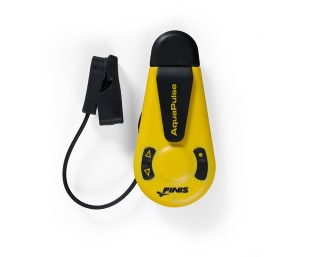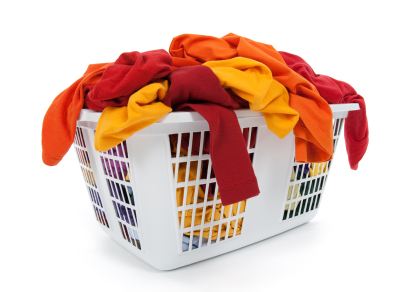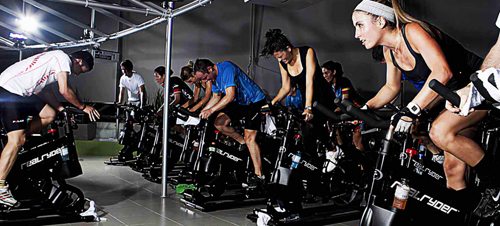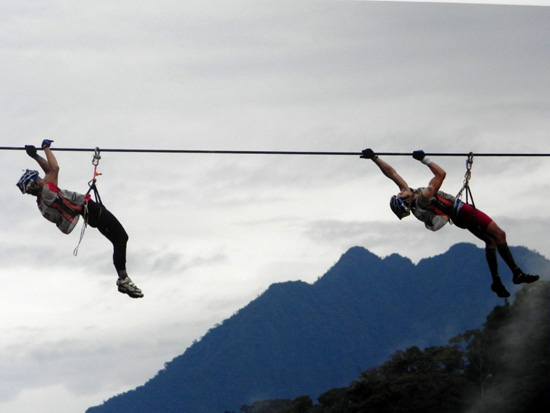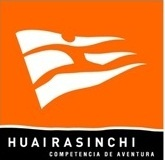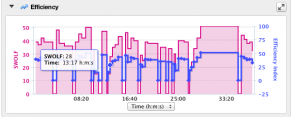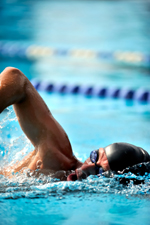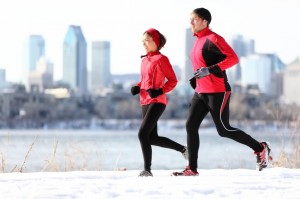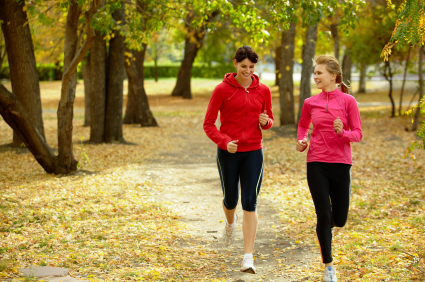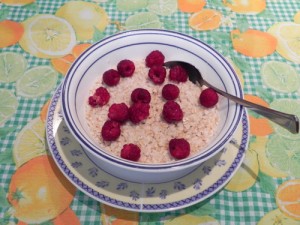Traveling is fun, but it also has the potential to sabotage healthy routines; unusual schedules, unfamiliar surroundings, and high calorie restaurant food, all can take a toll. Many of us use traveling as an excuse to put diets and workouts on hold, but even small steps can keep us in good shape. Whether you are on the road for business or pleasure, here are some recommendations to stay fit and energized.
Take a walk. No matter where you are, it is almost always possible to squeeze in at least 30 minutes on foot. Skip the tour bus and walk the city. Forget the golf cart and walk the course. Take the stairs instead of the elevator, park away from the front door, etc. Many big city hotels offer highlighted walking routes for guests and concierges can tell you which parts of town are suited for pedestrians.
Eat right. Pack healthy snacks for the car (to avoid fast-food stops) and request substitutions (salad instead of fries, for example) when dining out. “Many restaurants are happy to accommodate you,” says Lisa Reed, a Washington D.C., strength and conditioning expert who has worked with athletes at the University of Florida and the U.S. Naval Academy. “Don’t be afraid to order what you want”.
Be flexible. If your lodging doesn’t have a fitness center, ask if it has a partnership with a nearby gym. Alternatively, a simple workout in your room can be enough to get your blood pumping. Reed’s suggestion: 20 jumping jacks, 20 squats, 20 kneeling pushups and 20 bench dips.
Bring equipment. Jump ropes and resistance bands are versatile, portable and affordable – and ideal for all fitness levels. Resistance bands in particular are growing in popularity for upper – and lower body exercises; most come with workout charts and easily fit in a suitcase. During business trips, where I usually only take a carry-on with me, I had trouble fitting my running shoes, since it occupied a lot of space. I had looked for smaller running shoes and tried several options, though nothing convinced me. This last Christmas, my wife gave me a pair of the New Balance Minimus running shoes, which I can define as hybrid between the traditional running shoe and the Vibram Fivefingers shoes. The NB Minimus are small enough and flexible to fit in your bag, though also providing support to your feet. So, now I have no excuse to hit the road or the treadmill while travelling.
Rest well. Being away from home can be exciting, stressful or both. Be sure to set aside time to recharge your batteries. Sleep deprivation can lead to fatigue, digestive problems, headaches, irritability and impaired judgment, so plan on getting a full night’s slumber. Likewise, visiting a spa or taking an afternoon nap during your leisure travels can have equally relaxing effects.
New Balance Minimus:
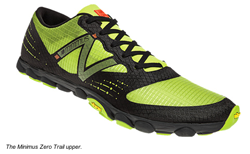
Partially taken from AAA Going Places – January/February 2013

